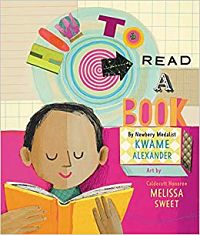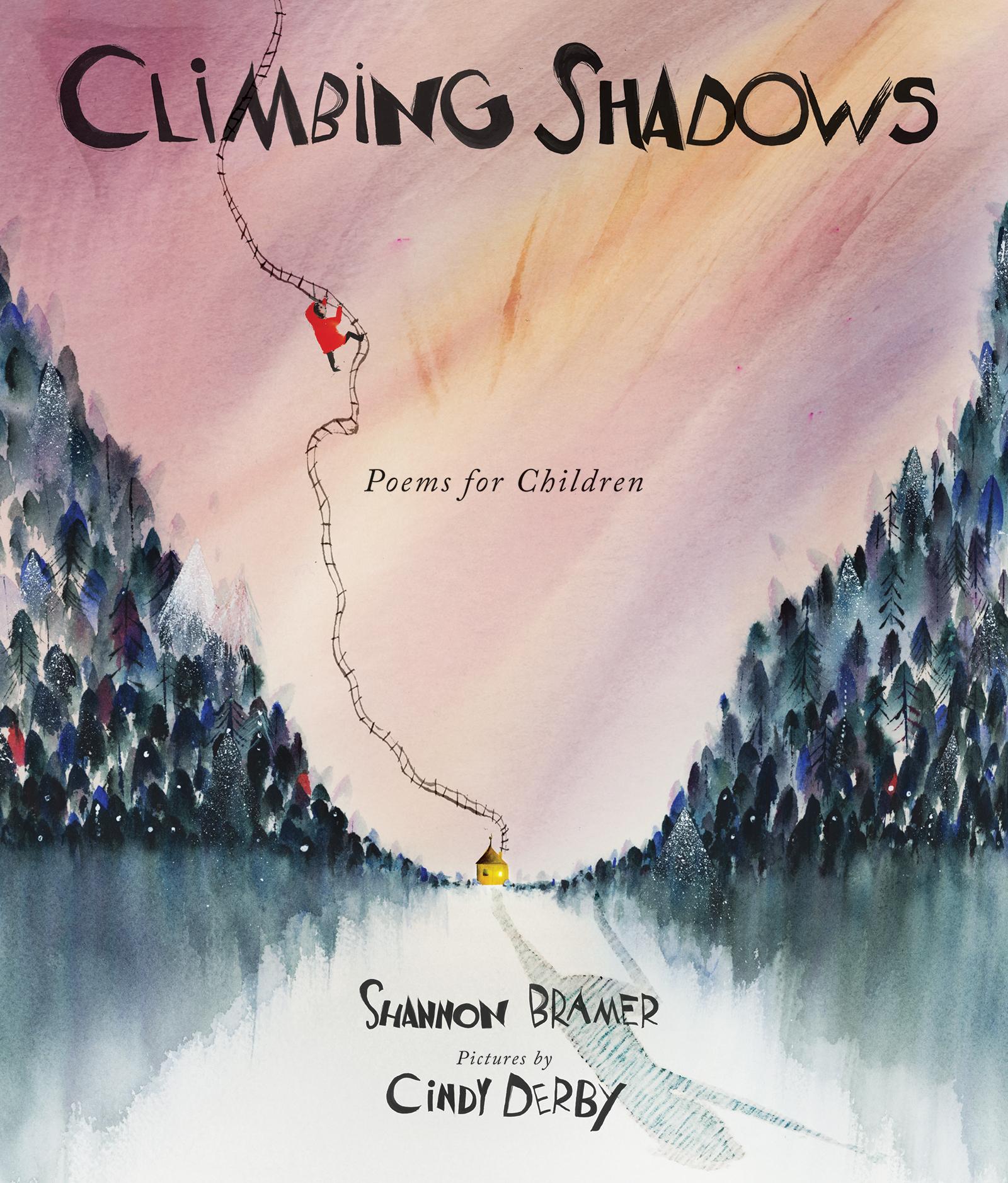~ Is a narrative told in poetic form
~ Demonstrates excellence in writing and emotional impact: does the poetry "create images, express
feelings, and stir emotions"? (Cullinan and Galda)
~ Uses its format to enrich the story in some way
Galda, L., Cullinan, B.E., & Sipe, L.R. (2010). Literature and the Child. Seventh Edition.
Belmont, CA: Wadsworth/Cengage Learning
Each of the books we selected met all these criteria to a certain degree, and I found that I have pretty high standards for the 2nd and 3rd items on that list. To me a successful verse novel should SOUND like poetry when you read it aloud, even if, of all the poetry forms, it is least likely to be read aloud; and the poetry on the page should look and work in a more crafted way than prose just broken into shorter line lengths. Let's see how two of my favorites accomplish this.
THE MOON WITHIN
by Aida Salazar
illustrated by Joe Cepeda
Arthur A. Levine Books, 2019
Celi is an 11-year-old girl with “a Mexican side and a Caribbean side,” confronting head-on from page 1 the universal experience of a girl's changing body. In four sections titled as phases of the moon, Celi struggles and stretches to navigate the tensions between body privacy and body positivity, between old cultural ways and current cultural norms, between her love for the people she's always known and her expanding social circles.
This book covers ALL the bases and somehow does it gracefully: not only does Celi come to accept the first-blood Moon Ceremony that her Mima has planned for her; she finds it in herself to support and defend her best friend Magda as Magda discovers that he is really Marco. Celi defends Marco when the boy she's crushing on over social media makes fun of him. Throughout, the sound of Afro-Latino music, drumming and dance are foremost: Celi's Papi and Marco are both drummers, and Celi is a dancer in her community bomba performance group.
Papi welcomes me with a nod
turns up his playing
makes brighter sounds
round sounds
colored sounds
a timeless talking unlike
Mima's or Juju's.
I just dance.
Suddenly he switches rhythms
to a samba
and I fall deep in feet movement
a conga
and I climb spirit high from side to side
a bomba
and I twirl and mark my
beat with my arms
that Papi catches
effortlessly, in sync.
I don't see that
Mima and Juju
are both standing
at the door witnessing
with Papi
the closest I have ever
come to clarity
lighter and
as unstuck
as I could ever be.
This book is a direct successor to Are You There, God? It's Me, Margaret, giving voice to any girl's uncertainties of identity, but Aida Salazar brings layers and inflections that break that old conversation wide open for 21st century young people. Some on our committee were a little rocked by the frankness of the language and themes for 11-year-olds (me too!), but as I pointed out, this is the book the 5th graders at my school need, will be passing around the class. It is frankly, beautifully uncomfortable, creating lasting images through varied languages, rhythms and emotions, and resolves with satisfying clarity.
 ALL OF ME
ALL OF MEby Chris Baron
Feiwel and Friends, 2019
If Celi's problem is that her Mima sees her all too clearly, Ari Rosensweig's problem is the opposite.
The life in my head seems
so different from the life outside,
where I am so big
that everyone stares,
but no one sees the real me.
At first glance ALL OF ME seems like a single-issue story, and an important "own voices" one. Questions about body size and body image are for boys too, and this novel is unflinching in expressing the anguish of being a fat kid, a fat BOY. But through straightforward storytelling, filled with raw emotion, Ari finds that he is far more complex than he himself realized.
In this several books play a big role. Mysterious World by Arthur C. Clark, a catalog of strange and apocryphal creatures are a touchstone for Ari, and their influences are seen in the population of little clay trolls he and his stalwart friend Pick make at his sculptor mother's beachside studio, where Ari leaves behind his old life for the summer, tackles a new way to eat, and finds another way to be. He carries this with him to New York for a visit with his father.
I stretch out on my bed,
my body a little tighter now,
skin against my muscles,
stomach flatter,
slow breathing.
No voices,
no fire to burn
or hands to dream
of holding.
No trolls to carve
or stories to write
or gates to lock,
or trash to take out.
No giant terra-cotta
demon spirits, Melinda,
or angels or alien talismans,
no people up and down the streets,
or beach sirens
or pounding waves.
No sleeping on a camping mat
beneath freshly painted murals.
Just moments
with no eyes on me.
What a relief, to have no eyes but your own on you. Ari's journey is packed with characters, details, and events that never overwhelm his painstaking, personal progress towards putting his pieces together. Adult support for Ari comes in the form of doctors and a rabbi who help him separate from the hardest parts of his tangled family life, and the narrative comes across as deeply honest, complicated and true. I'm always up for more fireworks in terms of format, but Chris Baron's simpler structures carry the complex interlocking motifs well, and the book is successful in every way.
*************************
Join Jone Rush MacCulloch at her blog for the roundup this week, and happy reading!



















